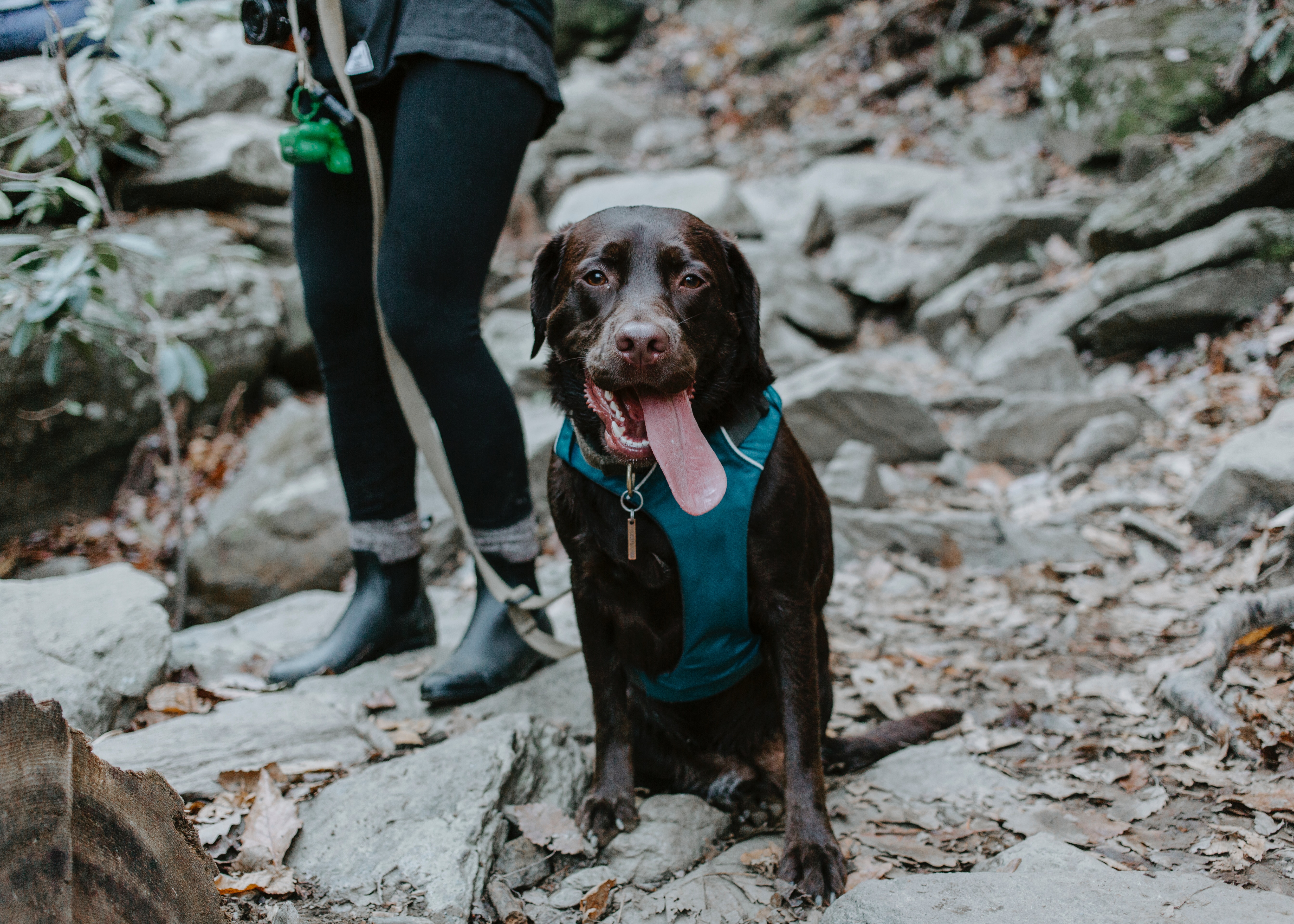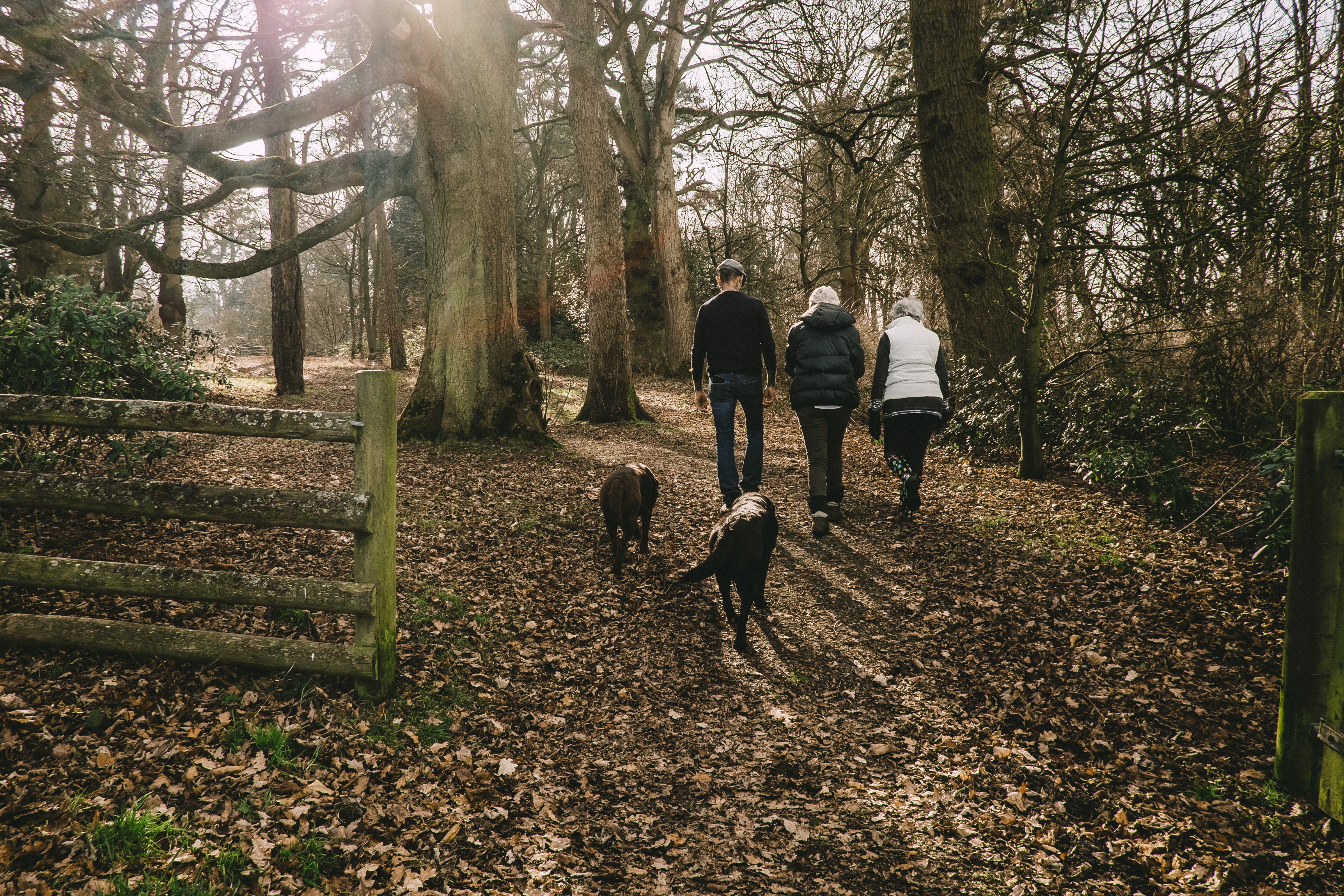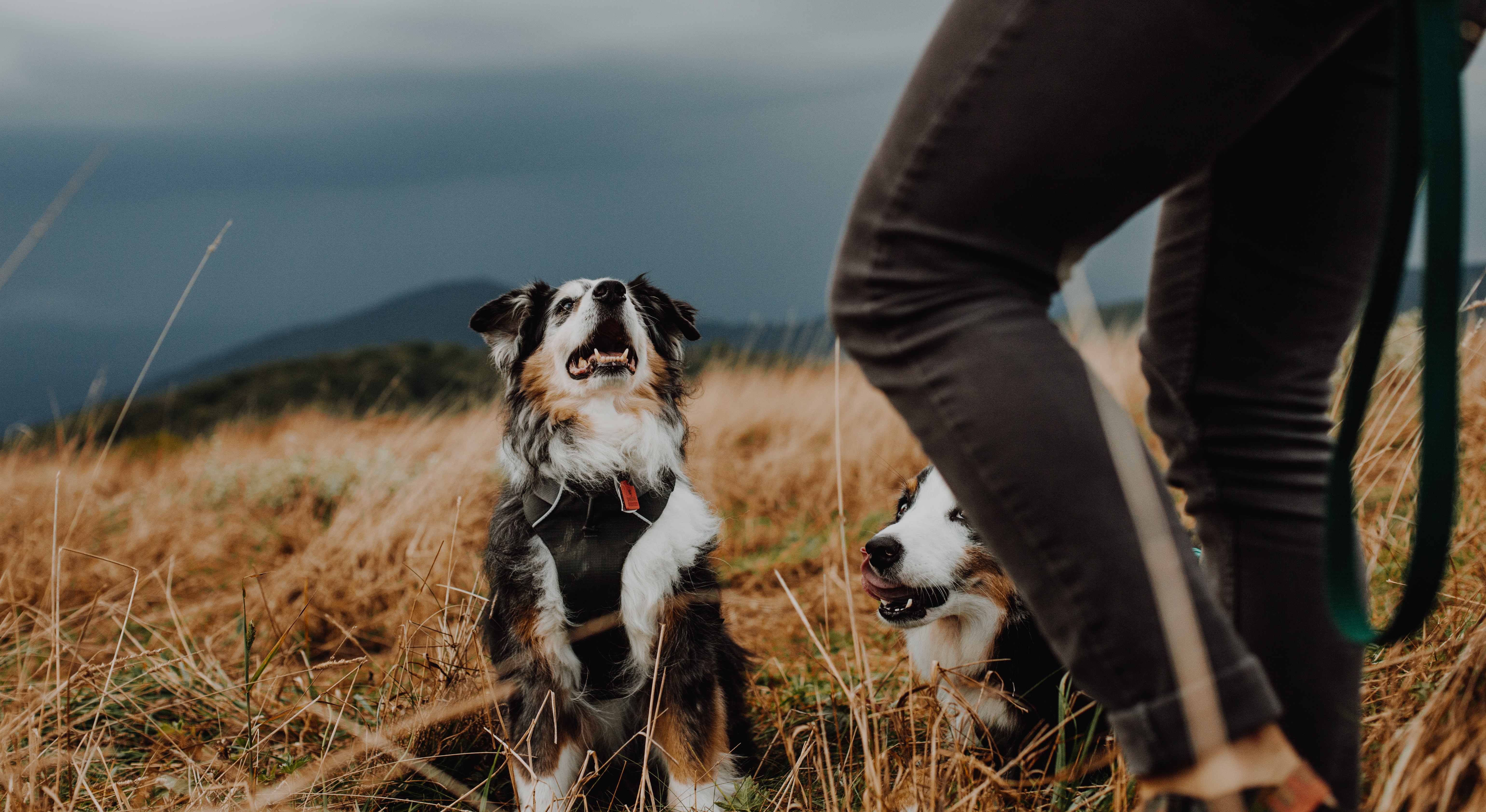
Tips for Hiking With Your Dog - Camping Breaks with Pets
Everything is better when shared with your best friend, and long walks are no exception. If your best friend just so happens to bark and have four legs, chances are you’ll both love the chance to explore the great outdoors on foot. That being said, making sure our canine companion can enjoy the trail safely takes a bit of preparation.
In today’s blog post, we’ll go through everything you need to know about hitting the trail together with your dog, from choosing your hiking holiday accommodation to health and safety considerations. Without further ado, here’s your guide to pet-friendly holidays in the great outdoors.
Preparing for your hiking trip
The most important part of preparing for your hike is making sure your dog is ready for the challenge. Chat with your vet about your dog’s fitness level and whether it’s high enough for the kind of hike you’ve got your eye on. If they’re not quite there yet, build up your dog’s stamina with shorter hikes, potentially including some inclines. This will also help to toughen up their paw pads that have acclimated to city living.
You should also make sure your dog is up to date with their jabs as well as their tick and flea prevention methods and take care that their obedience training is up to snuff. As for choosing your trail, do your research to make sure you find one that isn’t too long for your pup and remember that dogs might not be allowed on some parts of some trails, like certain beaches.
As for what to bring with you, the most important thing is a good harness or collar and a sturdy, non-extendable leash. This way, you can keep your dog close when the terrain is uneasy or if you come across any other dogs or some wildlife. Don’t forget poop bags, either - you should still clean up after your dog on the trail.
You’ll also need to have a plan for both you and your dog’s food and water and how you’ll carry it. Hiking takes a lot of energy so you’ll need more than normal - even as much as twice the food you’d normally give your dog.
Your vet should be able to help you plan for how much food your pooch will need. If your dog eats food not widely available at supermarkets, check local stockists in the area you’re heading to online and be prepared to bring enough from home for the whole trip.

Finding dog-friendly accommodation
If you’re planning on travelling to your hiking location, the next thing you’ll need to figure out is where to stay. As we’ve talked about on this blog in the past, finding dog-friendly holiday accommodation is very doable these days as hotels, guest houses and campsites are increasingly willing to accommodate pets, often for a small extra fee.
Camping or glamping is a great option for dog-friendly holiday accommodation because it’s so easy to get out to toss the ball or stretch your legs rather than having your pooch holed up in your hotel room for most of the day as you go sightseeing and then walking for blocks looking for a dog-friendly park.
When you’re holidaying in the great outdoors, most of the activities easily available to you are dog-friendly: apart from hiking, you two can indulge in beach days, al fresco dining, running and simply enjoying nature.
You can also use sites like DogFriendly to find accommodation, beaches and days out that are suitable for sharing for your pupper. When in doubt, get in touch with the campsite or hotel you’re considering directly. And for adventures off the beaten track, wild camping with your dog is also an option!
Many websites allow you to filter accommodation options based on whether or not they allow pets, and Wigwam® Holidays are no different. You can see our dog-friendly glamping sites by clicking the link below.
Health & safety information
Before you head out for your hike, make sure you know the potential risks. Luckily, here in the UK, we don’t need to worry about poisonous snakes or spiders, but there are a few other things to be mindful of.
While UK weather is not exactly known for really hot days, we do get those occasionally. If you’re hiking on one of these days, try to avoid too much activity in the early afternoon as the sun will be at its harshest and the temperature at its highest during this time.
On hot days, take frequent water breaks and make sure your dog doesn’t drink from rivers or lakes as this water can contain deadly parasites. Similarly, on really cold days, your dog might need a jacket and snow booties.
Some first-aid items are good to have on hand too, just in case. The must-haves include pet-friendly anti-bac wipes, bandages and gauze. Clean socks fastened on with surgical tape make for good dressing for hurt paws. You should have information on your pet insurance and vaccinations on hand as well, just in case. Additionally, you shouldn’t let your dog chew on unknown plants. Look out for nettle and foxtail which can irritate their skin.
While on the trail, opt for small, frequent meals for your pet to make sure they have enough energy throughout the hike and are less likely to try to eat something they find on the trail. Look out for signs your dog is growing tired and needs a good long break: if they’re panting heavily or slowing down, it might be time to stop for a while.
You might feel more comfortable keeping your dog on a leash throughout the hike even if they’re normally well-behaved because event the most obedient dog can find it very hard to resist the temptation to run off when they spot something exciting.

After your hike, check over your pooch thoroughly. Look over their eyes and ears for grass seeds - which are sharp and can cause cuts - as well as mites and any other foreign objects. Make sure their paw pads don’t have any cuts or grass seeds stuck between the toes.
A brush is handy for removing any foreign objects from your pup’s coat before they can cause any cuts or abrasions. Use it to remove anything that might have gotten tangled onto your dog’s fur, paying special attention to their tail and their “armpit” area and ensure there are no cuts or abrasions around the mouth or gums. And after your day of hiking, reward both yourself and your dog with a nice meal by the campfire before getting a restorative good night’s sleep.

